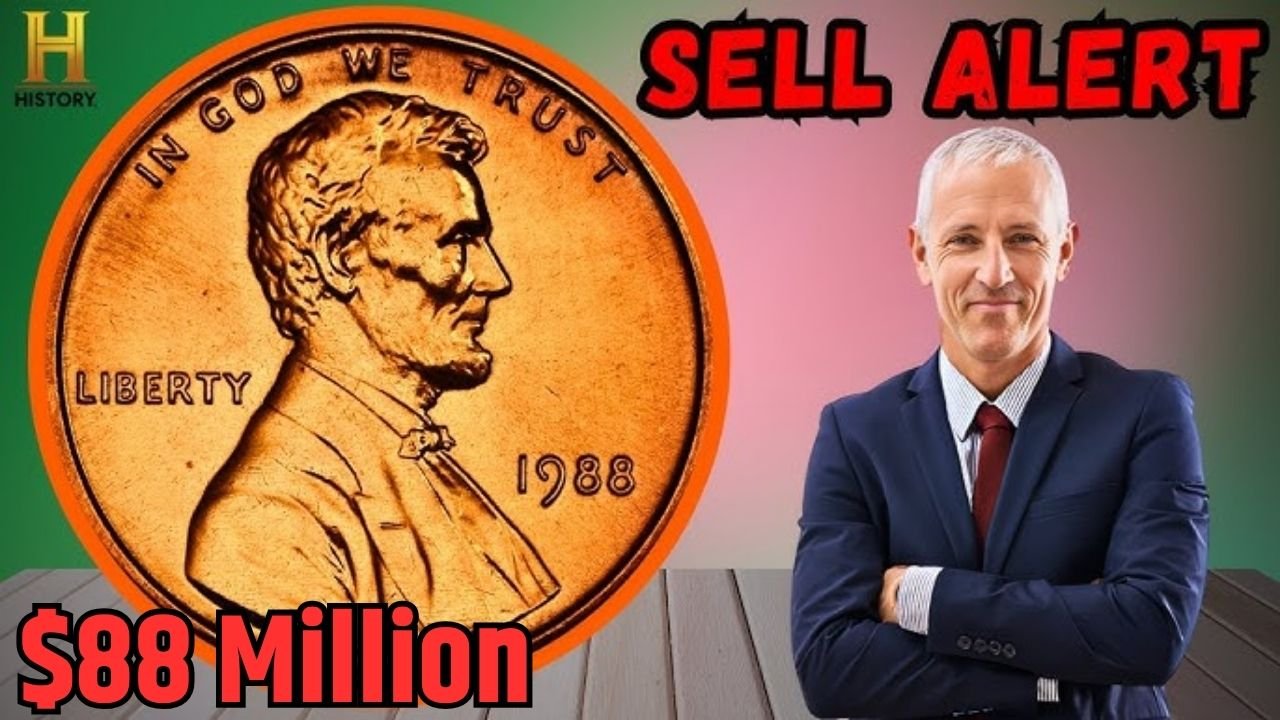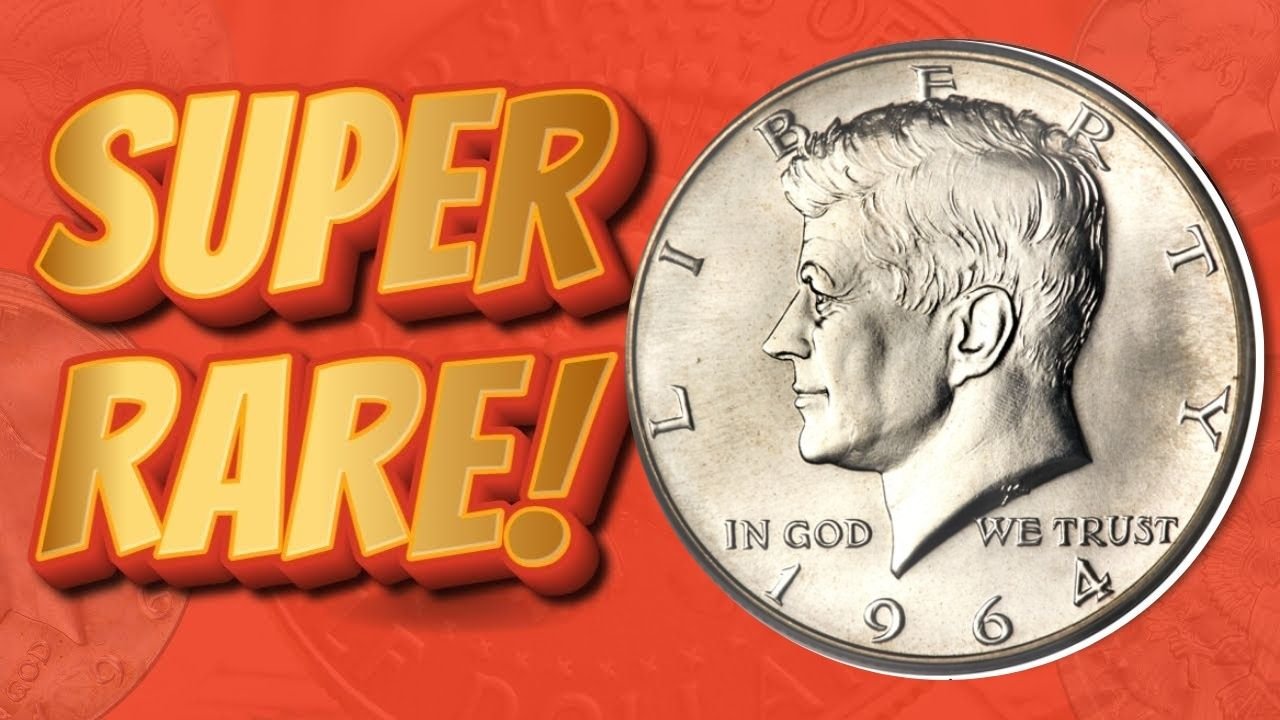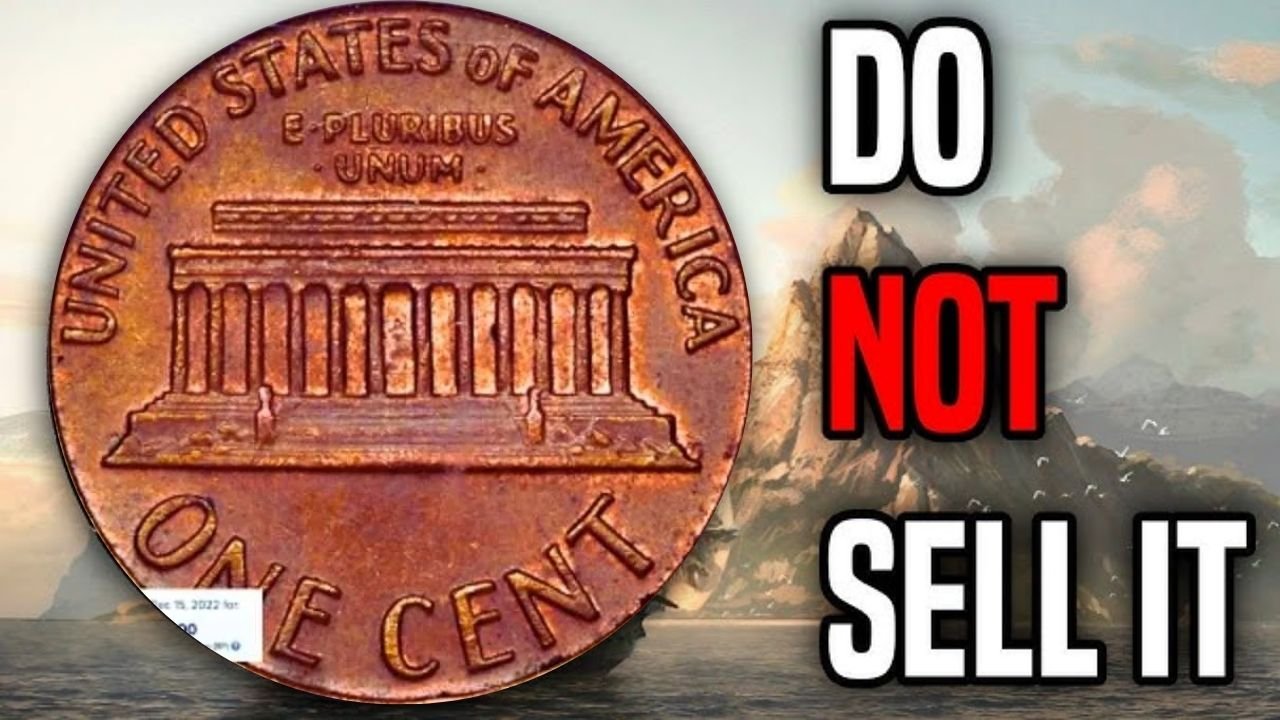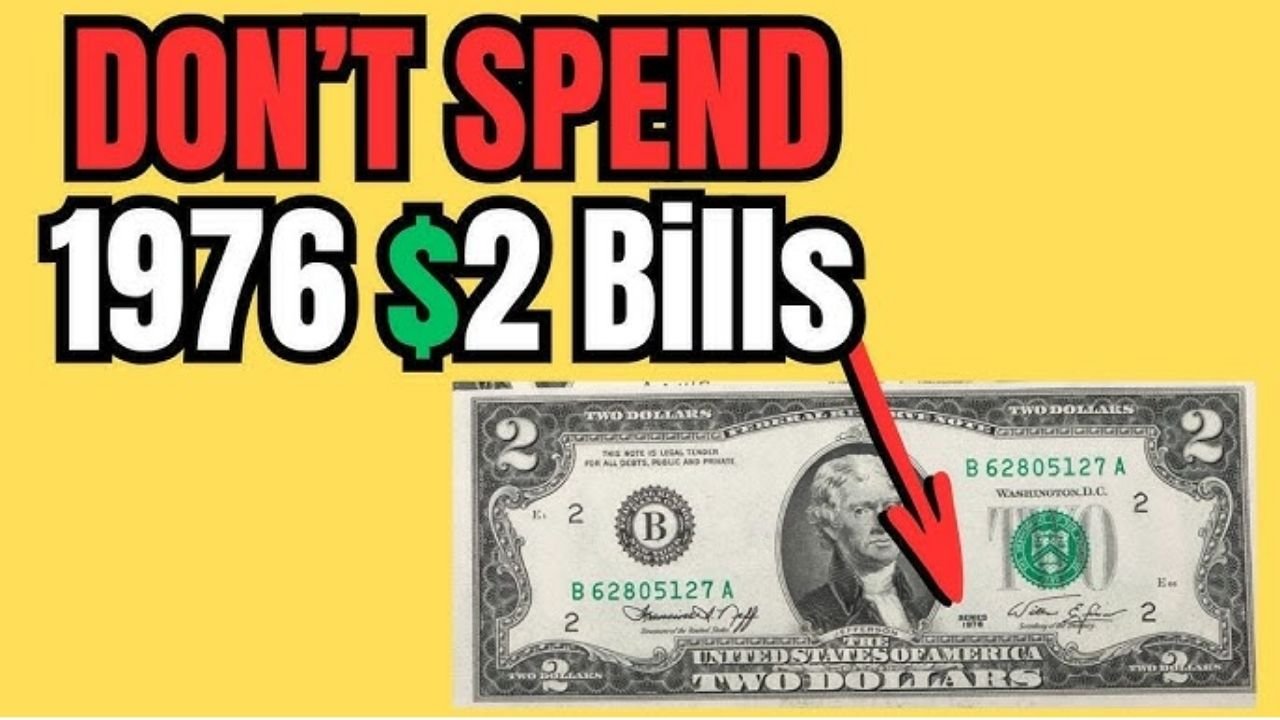This Penny Could Be Worth $88 Million : Everyday pocket change might hold more value than you think. Among the ordinary coins jingling in your wallet or tucked into old jars, there could be a rare Lincoln Wheat Penny worth a fortune. While the idea of an $88 million penny is captivating, the true story behind these coins is a blend of history, craftsmanship, and a bit of luck.
The Legacy of the Lincoln Wheat Penny
Introduced in 1909 to commemorate Abraham Lincoln’s 100th birthday, the Lincoln Wheat Penny was groundbreaking—it was the first U.S. coin to feature a real historical figure instead of an allegorical symbol. Designed by Victor David Brenner, the penny displays Lincoln’s profile on the obverse and two wheat stalks on the reverse, earning it the nickname “Wheat Penny.” These coins were minted for nearly five decades, but a few rare versions, particularly from 1943, stand out due to a fascinating wartime error.
The 1943 Copper Penny: A Rare Mistake
During World War II, copper was in high demand for military supplies, prompting the U.S. Mint to produce pennies from zinc-coated steel instead. However, a small number of copper planchets (blank coins) from 1942 were accidentally struck with the 1943 date. Only about 15 to 20 of these copper pennies are known to exist today, making them some of the most sought-after coins in numismatics.
One of these rare pennies sold for $1.7 million in 2010, and experts speculate that a pristine example with exceptional provenance could command an even higher price. While the $88 million figure is more speculative than proven, the allure of discovering one of these coins keeps treasure hunters searching.
How to Identify a Valuable 1943 Penny
If you suspect you might have one of these rare coins, here’s what to look for:
- Date: The coin must be dated 1943.
- Color: A genuine 1943 copper penny will have a bronze hue, unlike the silver-toned steel version.
- Magnet Test: Steel pennies are magnetic, while copper ones are not.
- Weight: A copper penny weighs approximately 3.11 grams, whereas a steel penny is lighter at around 2.7 grams.
If you find a coin that meets these criteria, avoid cleaning it—doing so can diminish its value. Instead, consult a professional coin grading service like PCGS or NGC for authentication.
Could One Still Be in Circulation?
While the odds are slim, the possibility remains that one of these rare pennies is still out there. Many were accidentally released into circulation, meaning they could be hiding in old coin collections, forgotten piggy banks, or even everyday transactions. Over the years, collectors have stumbled upon valuable Wheat Pennies in unexpected places—some discovered in bank rolls, others passed down through generations.
Though the $88 million valuation is speculative, the excitement of finding a penny worth thousands—or even millions—fuels the hunt. Beyond the potential windfall, searching for these coins is a way to engage with history, connecting us to pivotal moments like World War II and the evolution of U.S. currency.
A Treasure Hunt Worth Undertaking
The story of the Lincoln Wheat Penny is a reminder that history and value can be found in the smallest places. Whether you’re a seasoned collector or just curious, taking a moment to examine your spare change could lead to an extraordinary discovery. Who knows? That ordinary-looking penny in your pocket might just be a hidden treasure.





